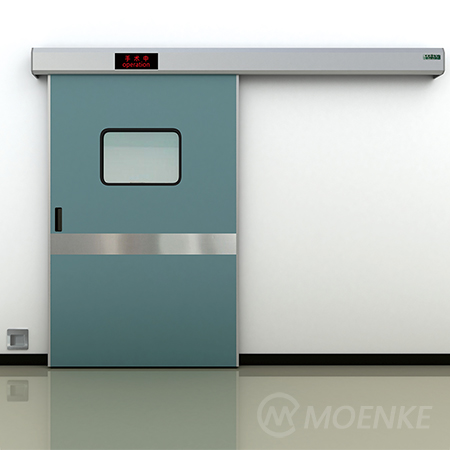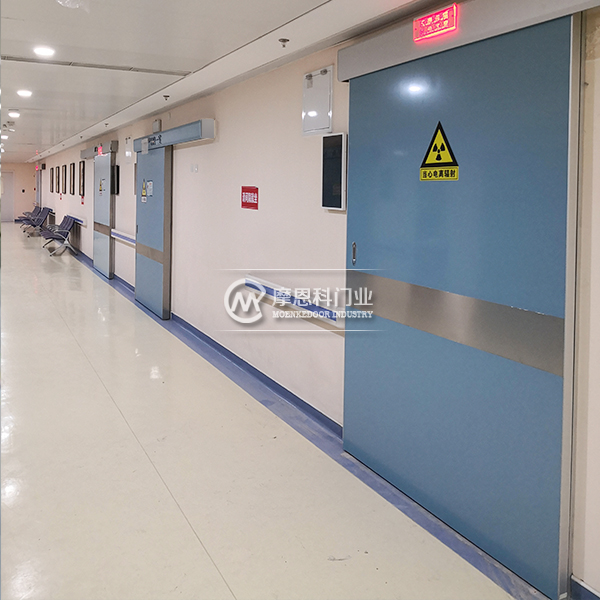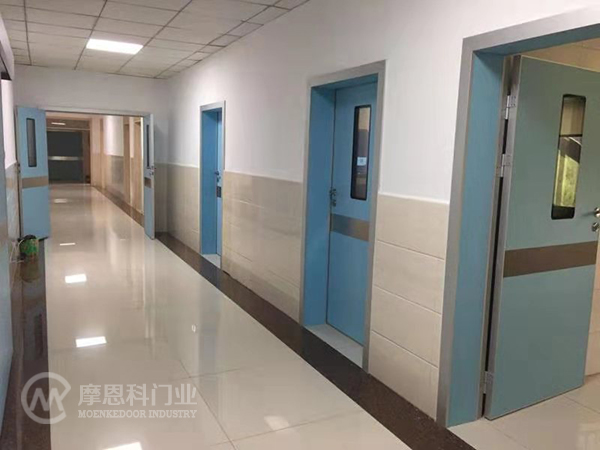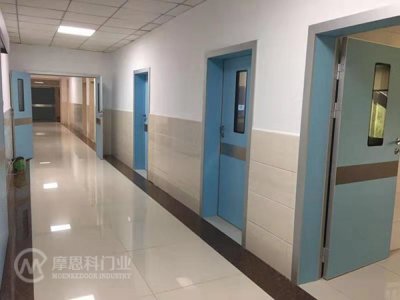Ordinary doors and medical doors are two types of doors that we often encounter in our daily lives. By ordinary doors, I mean furniture doors and some non-medical doors and windows in our daily lives. There are significant differences from the medical field we will focus on today, as they have different application scenarios and design structures. In this article, I will explore the similarities and differences between medical doors and regular doors.
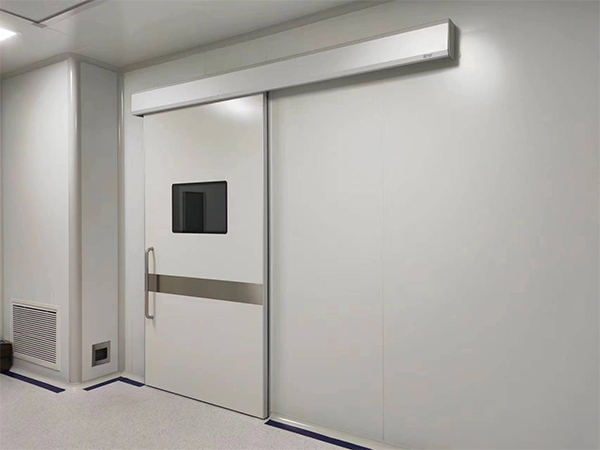
【 Similarities and Differences 1: Design Structure 】
There are some differences in the design structure between medical doors and ordinary doors.
1. Medical door: The design purpose of medical doors is to ensure the smooth operation of hospital work. Therefore, the directional pattern of the medical door should be clear and marked with the opening direction. In addition, medical doors usually require special facilities such as observation windows or safety locks to achieve additional protection.
2. Ordinary doors: The focus of ordinary door design is on convenience and aesthetics. Ordinary doors are usually designed with more consideration for aesthetic and decorative effects, as well as the size and shape of the door to adapt to different spaces.
【 Similarities and Differences 2: Application Sites 】
Medical doors and ordinary doors also have significant differences in their application scenarios.
1. Medical doors: Medical doors are widely used in medical institutions such as hospitals, clinics, wards, etc. Medical doors have the characteristics of fire prevention, smoke prevention, and antibacterial properties to ensure the hygiene, safety, and treatment effectiveness of hospitals.
2. Ordinary doors: Ordinary doors are widely used in residential, commercial housing, public places, and shopping malls. The fire and anti-theft performance of ordinary doors is poor, and generally only basic security measures are taken.
【 Similarities and Differences 3: Material Selection 】
Medical doors and ordinary doors also have different material choices.
1. Medical doors: In order to control infectious diseases and bacterial infections in hospitals, most medical doors are made of special materials such as fireproof, smoke proof, and antibacterial materials, such as stainless steel, glass, polypropylene, and PVC.
2. Ordinary doors: Ordinary doors can be made of various materials, such as solid wood, artificial board, aluminum alloy, and plastic. Due to their wide range of applications, the selection and matching of materials can also be based on actual needs.
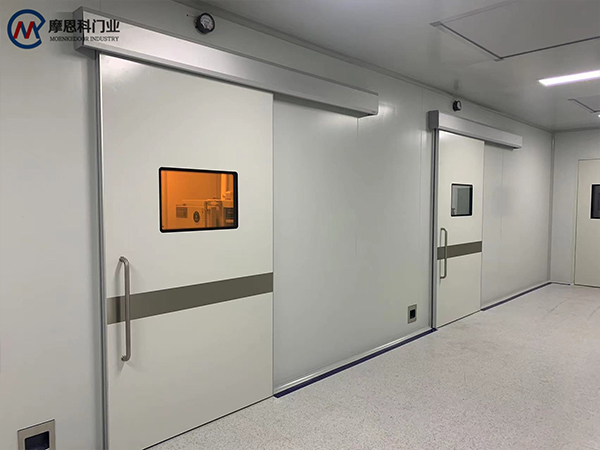
【 Summary 】
There are significant differences between ordinary doors and windows and medical doors in terms of design structure, application location, and material selection. The design of medical doors is mainly to ensure the hygiene environment of medical institutions, and the material selection is also more specialized and refined. Ordinary doors place more emphasis on considerations such as aesthetics, practicality, and cost, with a more diverse selection of materials. Although the two have different application scopes, they both play corresponding roles. We need to choose different types of doors based on specific needs to ensure indoor hygiene and cleanliness.





